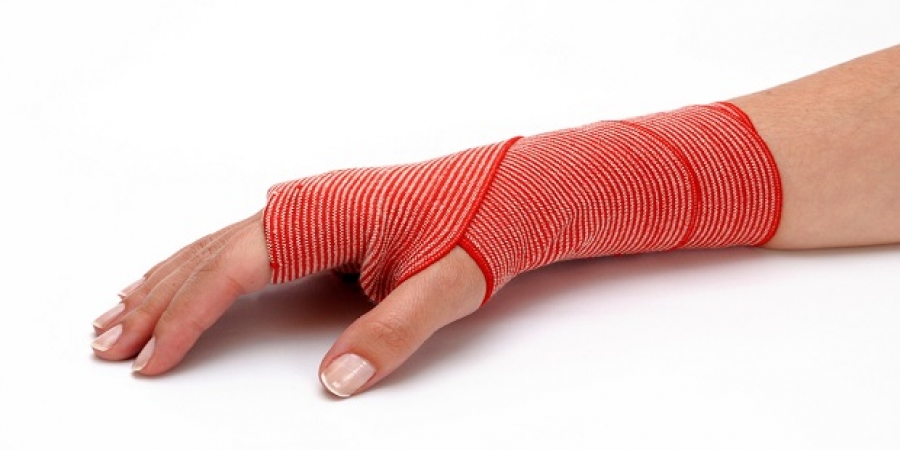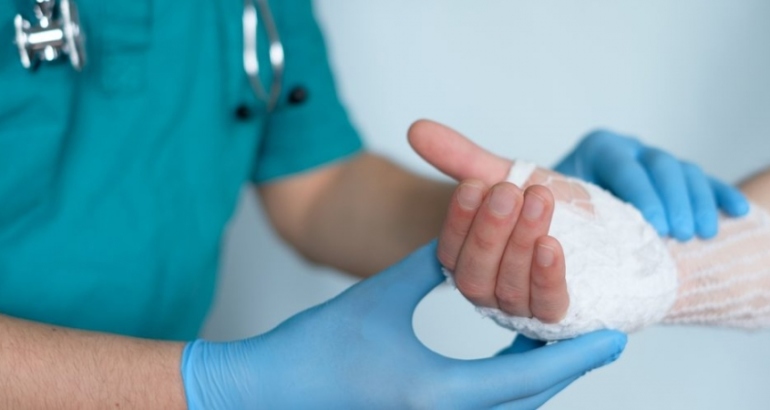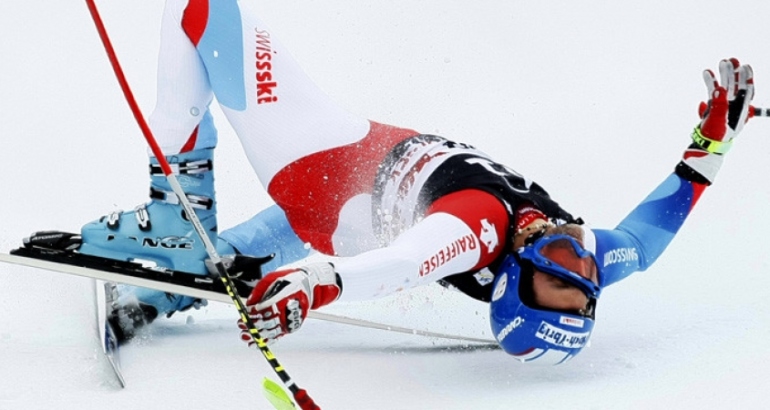Hand Anatomy:
Hand; The forearm bones consist of radius and ulna, wrist joint and small carpal bones consisting of 8 bones in 2 rows, 5 comb bones and 14 finger bones. The nerves coming out of the cervical spinal canal first make brachial plexus and extend to the hand as 3 nerves. The median, radial and ulnar nerves are the main nerves at hand. These 3 nerves direct the complex and flawless movements of the hands and transmit their senses to the upper centers. Most of the hand movements are through the muscles in the forearm, whose tendons extend to the hand. The muscles flexing the wrists (flexors) adhere to the inner edge of the elbow, and the rectifying muscles (extensors) adhere to the outer edge of the elbow.
Hand and Wrist Pain: There are many bones, joints, tendons, ligaments and muscles in the hand and wrist. Our hands are highly complex anatomical formations with numerous functions in daily life. Our hands are like extensions of our brains with their mixed functions. The hands are exposed to many traumas and repetitive movements while performing these functions.
The most common diseases of the wrist are tendinitis, nerve impingement syndromes, and degenerative and infectious rheumatic diseases.
The wrist has a structure consisting of 8 small bones that act as the transition between our fingers and wrist. They are connected to each other by ligaments that allow the bones to be retained in the appropriate manner during movement.
Wrist ligament injuries are usually caused by trauma to the wrist when falling or performing various activities. Trauma usually results in swelling of the wrist. Bruising may occur in some cases. Pain is felt during movement. Ligament injury may occur with fracture and dislocation as well as ligament injury in non-fracture cases. In general, non-fractured ligament injuries are not taken into account and may present more serious problems in the future. The ligament, which is often exposed to damage to the wrist, is a ligament called Scafolunate ligament, which is one of the ligaments that coordinate the wrist bones.
This ligament is located between the scaphoid and lunate bones of the wrist bones, and the position of the wrist bones changes in the rupture of the wrist. Other ligaments of the wrist are more rare.
X-ray examination of the wrist bones by requesting the alignment and position changes are examined. Computed tomography and MRI examinations are required for diagnosis.
Treatment varies from wrist splint to surgery. Wrist arthoscopy is a necessary examination for patients with wrist ligament injuries. Wrist arthroscopy can be treated with a solution. After arthroscopic surgery, some patients may undergo open surgery. During open surgery, pin, screw application or ligament repair is performed with various techniques.
Patients who present with long-term pain and painful changes in the wrist bones are first checked for arthroscopic cartilage damage. The extent to which the ligament is injured and the position of the bones is examined. In addition, wrist splint and pain medication treatments are applied to reduce symptoms. As surgical treatment, pins, screws are applied and a wide range of ligament repairs can be made with the help of ligaments to be taken from elsewhere. Freezing (joining) some of the wrist bones with each other is an important treatment option. If cartilage damage is present or if previous treatments have failed, complete freezing of the wrist or removal of the upper row bones (proximal row carectomy), or wrist prostheses developed in recent years, are also among our treatment options. In order to prevent the disease from reaching these stages, treatment should be performed correctly in the early stages.
The wrist is very complex. Particularly in chronic patients, the desired results may not be achieved during treatments due to out-of-normal position changes. Repetitive surgical procedures may be necessary due to limitation of movement in the wrist and ongoing pain complaints. Even if the problem seems small, it can be difficult to provide a solution, especially in patients with delayed treatment.



